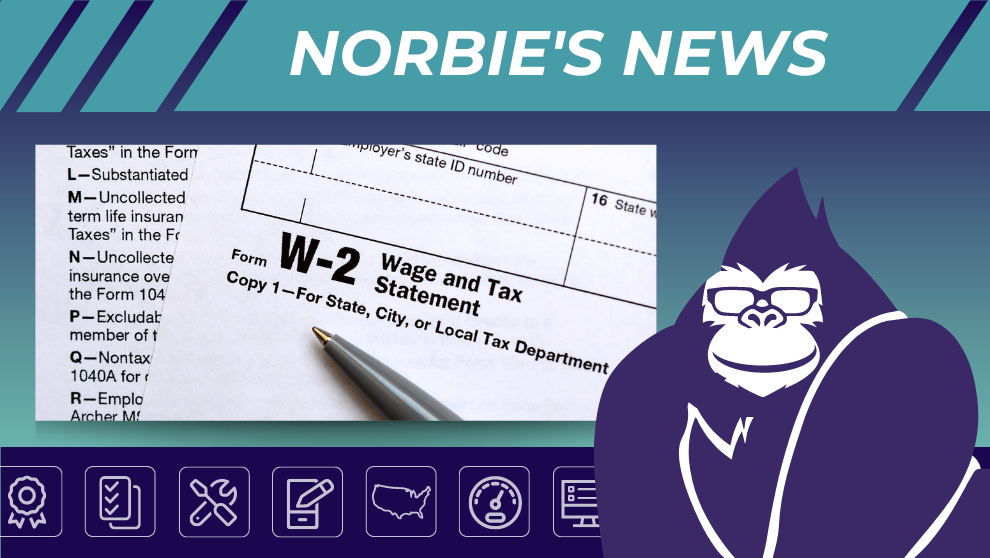
Implementing a Direct-to-Consumer Insurance Model: What’s Holding You Back?
By Edmund Dabrowski, Senior VP of Workman's Comp
Today’s consumers want insurers to offer them the same simplicity, accessibility and options they’ve become accustomed to with other business sectors. According to a PwC study, people shopping for insurance want quotes and prices when they want, and by way of the platform they choose – but also want access to help from an insurance professional when they need it. So, how does the insurance industry make this happen? Enter the direct-to-consumer (D2C) model.
" ... people shopping for insurance want quotes and prices when they want, and by way of the platform they choose – but also want access to help from an insurance professional when they need it."
– PwC Study
The D2C insurance model leverages technology to enhance the insurance-buying experience. It works by helping consumers research product options, obtain instant quotes, make price comparisons, customize coverage based on their needs, and select and bind a policy — all online. Agents and insurers appreciate this direct digital channel because it is improving growth and retention by making it easier for consumers to do business with them.
However, despite the benefits of this digital platform, the industry remains slow to adopt it. For many, the implementation, integration and running of this type of direct technology can feel more like a deterrent than a driver of growth. A recent report by Deloitte notes that undertaking this digital transformation essentially requires insurers to go without a rule book or a guarantee of an easy ride. So, what concerns are holding agents and insurers back from implementing a direct digital platform and taking advantage of D2C opportunities?
In general, key issues of concern typically include:
- Not knowing where to start (e.g., tackling cost-cutting or growth initiatives)
- The disruption to existing IT and customer management systems
- Not having ongoing support when needed
- How to scale systems as the business grows
- Having to establish a specific digital unit and/or hire new IT talent
- Platform implementation and management challenges (e.g., incompatible legacy systems)
The good news is that many insurtech companies are now making it easy for agents and insurers to overcome these and other challenges to implement their own digital storefront to:
- Increase revenue growth
- Improve customer relationships
- Improve the quality of customer data
- Stay ahead of the competition
- Provide an assortment of products customized to the needs of clients
- Expand market reach, and much more
Without disruptions, training and having to hire additional marketing and IT staff, insurtech companies that specialize in D2C digital platforms can integrate automated systems for streamlining traditional manual processes and increase agent sales and service capacity.
" ... undertaking this digital transformation essentially requires insurers to go without a rule book or a guarantee of an easy ride. So, what concerns are holding agents and insurers back from implementing a direct digital platform and taking advantage of D2C opportunities?"
– Deloitte
Conclusion
Don’t let the fear of disruption get in the way of your D2C digital journey. Sure, there are a lot of decisions and considerations, but there are also resources that can help you overcome technology challenges to expand new business opportunities and create loyal customers.
Edmund Dabrowski is Senior VP of Workman's Comp of Builders & Tradesmen's Insurance Services, Inc., an Amynta Group Company.
At BTIS, our plug-and-play D2C platform simplifies the consumer buying process, providing brokers with a turnkey quoting solution that is easily integrated into their website for instant price indications on general liability and workers’ compensation insurance. To learn more about D2C insurance technology and how it is expanding new business opportunities for agents, download our special report.
For additional information, visit www.btisinc.com or call (877) 649-6682



